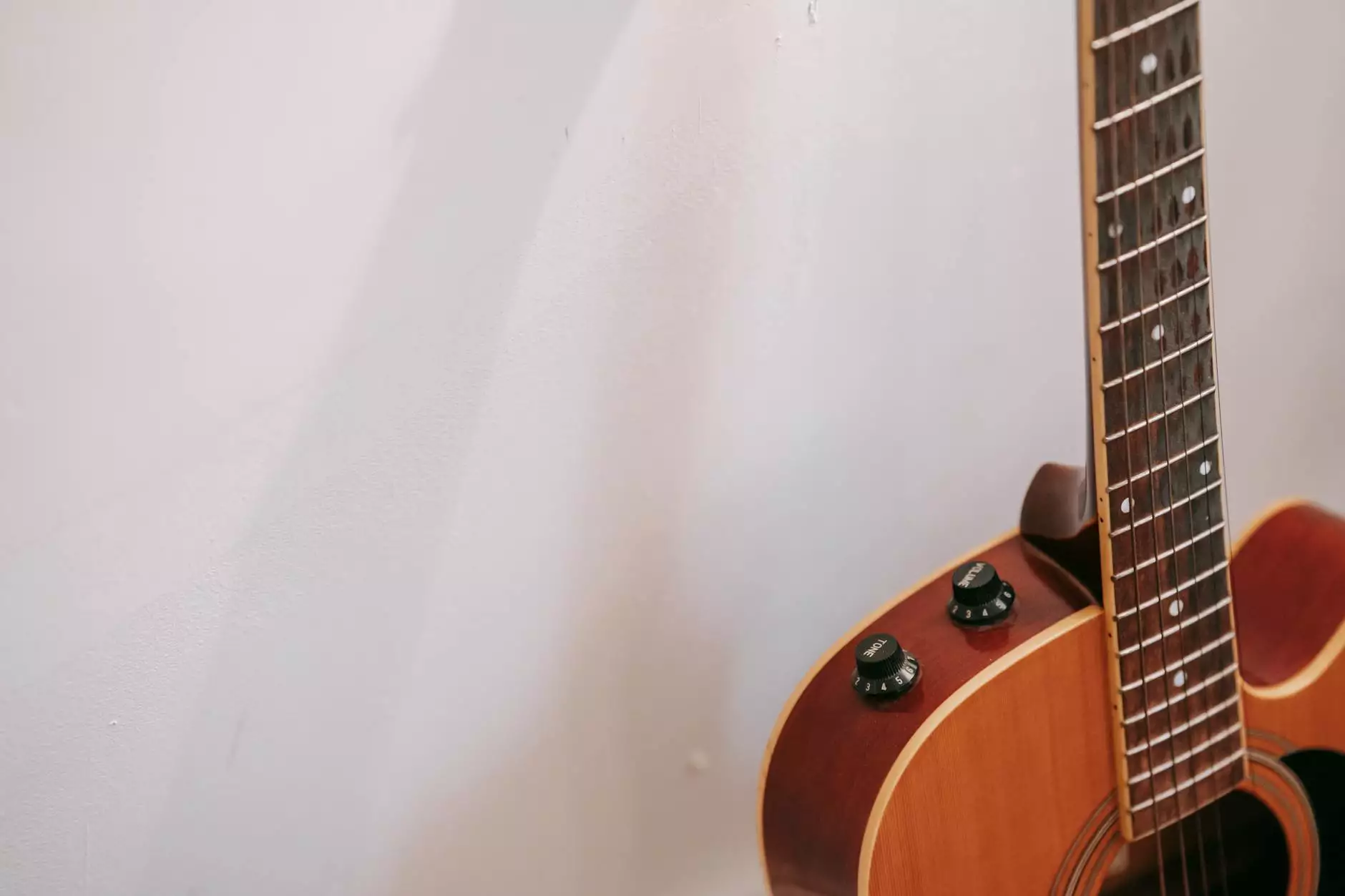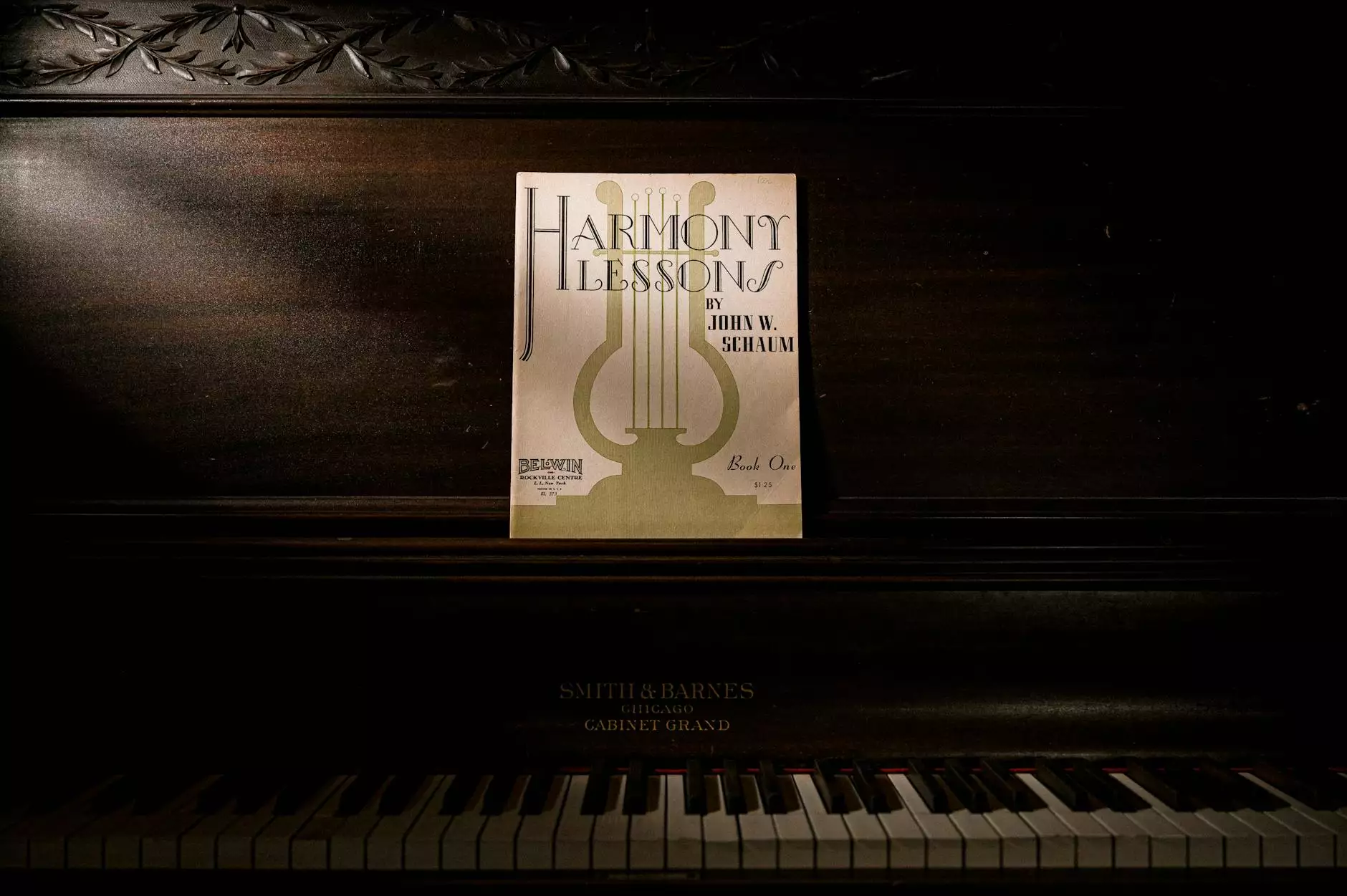The Anatomy of a Guitar: Everything You Need to Know
Resources
Introduction
Welcome to Kenny Mathews Music, your ultimate resource for all things related to guitars! In this comprehensive guide, we will delve into the intricate details of the various parts that make up a guitar. Whether you're a beginner or an experienced player, understanding the anatomy of a guitar is essential to unlock its true potential.
The Body
The body of a guitar serves as its foundation. It is typically made of wood and comes in various shapes and sizes. Common body shapes include the dreadnought, concert, orchestra, and jumbo. Each shape has its own unique tonal characteristics, and choosing the right one depends on your personal preferences and playing style. The body also houses the soundhole, which allows the sound to resonate and project.
The Neck
The neck of a guitar is where you place your fingers to produce different notes and chords. It connects to the body at the guitar's heel. Necks are usually made of wood and come in different profiles, such as C-shaped, V-shaped, and U-shaped. The neck also features frets, thin metal strips embedded into the fretboard, which divide the neck into distinct intervals. Frets help you accurately produce different pitches.
The Fretboard
The fretboard, also known as the fingerboard or frets, is a crucial component of the guitar. It is usually made of a dense wood like rosewood or maple and is layered over the neck. The fretboard houses the frets and plays a significant role in determining the guitar's playability and feel. It's where you position your fingers on the strings to create specific notes and chords.
The Headstock
The headstock is located at the end of the neck and serves multiple purposes. It holds the tuning pegs or machine heads, which allow you to adjust the tension of each string, determining their pitch. The headstock also features the guitar's logo or brand name, adding a personal touch.
The Strings
The strings are arguably the most important part of a guitar. They are responsible for producing sound when plucked or strummed. Most guitars have six strings, tuned to E, A, D, G, B, and E. However, there are also guitars with seven, eight, or even twelve strings, offering extended tonal possibilities. Strings are made of metal or nylon and require regular maintenance and replacement.
The Bridge
The bridge is where the strings are anchored on the body of the guitar. It transfers the vibrations from the strings to the soundboard or top, which amplifies the sound. Bridges can be fixed or floating and are typically made of wood, metal, or synthetic materials. The type of bridge affects factors such as sustain, tuning stability, and string action (the distance between the strings and the fretboard).
Other Components
Besides the main parts mentioned above, guitars may also feature additional components that contribute to their playability and sound. These include:
- Pickups: These are electromagnetic devices that capture the vibrations of the strings and convert them into electrical signals, which can be amplified.
- Controls: Guitars often have knobs and switches that allow you to adjust volume, tone, and pickup selection.
- Strap Buttons: These are small metal pieces attached to the body, allowing you to attach a guitar strap for easier playing while standing.
- Truss Rod: Located inside the neck, the truss rod allows you to adjust the neck's curvature, ensuring optimal playability and minimizing any potential issues caused by changes in temperature and humidity.
- Pickguard: This protective layer, typically made of plastic or acrylic, prevents scratches and damage to the body of the guitar caused by picking and strumming.
Conclusion
Now that you have familiarized yourself with the anatomy of a guitar, you possess a deeper understanding of this versatile instrument. Each component plays a crucial role in determining the guitar's sound, playability, and overall performance. Whether you're a beginner looking to purchase your first guitar or a seasoned player seeking to expand your knowledge, Kenny Mathews Music aims to provide you with the information you need to make informed decisions and enhance your guitar playing experience.










